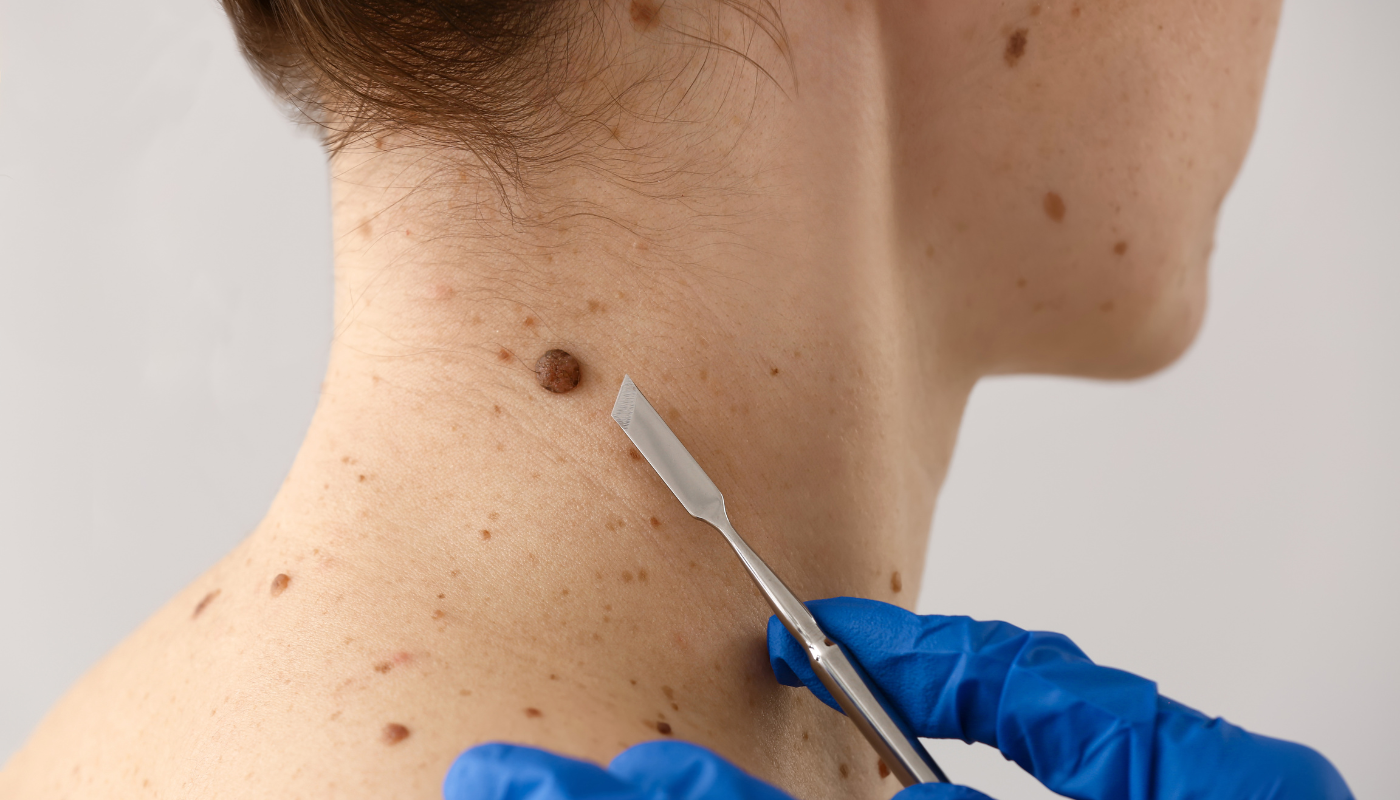Skin Cancer Causes and Risk Factors in Dogs
Dogs and Skin Cancer - Causes and Risks

Skin cancer is a common and serious health issue in dogs, with several types affecting our canine friends.
Understanding the causes and risk factors is crucial for prevention and early detection.
Let's look at these aspects, providing insights into why some dogs develop skin cancer and what owners can do to mitigate risks.
Genetic Predisposition
Certain dog breeds are more susceptible to skin cancer.
For instance, breeds with light-coloured or thin coats, like Boxers, Bull Terriers, and Dalmatians, have a higher risk of developing squamous cell carcinoma.
Similarly, breeds like Golden Retrievers and Labradors are more prone to mast cell tumors.
This genetic predisposition suggests that hereditary factors play a significant role in the development of skin cancer in dogs.
Sun Exposure
Just like in humans, prolonged exposure to sunlight can lead to skin cancer in dogs.
Areas with less fur, such as the abdomen, nose, and ears, are particularly vulnerable. Dogs that spend a lot of time outdoors, especially in sunny climates, are at increased risk.
Ultraviolet (UV) radiation from the sun can damage the DNA in skin cells, leading to cancer.
Age and Hormonal Influences
The risk of skin cancer increases with age.
Older dogs are more likely to develop various types of skin tumors.
Additionally, hormonal imbalances and changes can influence the development of skin cancers. For example, sex hormones have been linked to certain types of tumors in dogs, although this relationship is not fully understood.
Environmental Factors
Exposure to carcinogens in the environment can also increase a dog’s risk of developing skin cancer. These carcinogens could include chemicals found in pesticides, herbicides, or even certain grooming products.
Living in an environment with high pollution levels may also be a contributing factor.
Diet and Lifestyle
While the link between diet and skin cancer in dogs is not as clear-cut, a poor diet lacking in essential nutrients may weaken a dog’s immune system, making them more susceptible to various diseases, including cancer.
Obesity is another factor that can contribute to an increased cancer risk, though the mechanisms are not fully understood.

Viral Infections
Certain viral infections have been implicated in the development of skin cancer in dogs.
For example, the papillomavirus can cause warts, which in rare cases, can transform into cancerous growths.
Prevention and Early Detection
Preventing skin cancer in dogs involves minimizing risk factors where possible.
This includes providing a healthy diet, regular exercise, and limiting sun exposure, especially during peak sun hours.
Using sunscreens formulated for dogs on exposed skin areas can also be beneficial.
Regular veterinary check-ups are essential for early detection, particularly for breeds at higher risk. Owners should regularly inspect their dog’s skin for any new growths or changes in existing moles or spots, and report any concerns to their veterinarian immediately.
While not all causes and risk factors for skin cancer in dogs are within our control, understanding these elements can help in taking preventive steps.
By being vigilant and proactive in our dogs' health care, we can significantly reduce their risk of developing skin cancer and ensure they live longer, healthier lives.
More Skin Tips.
CoreBodi










| Powered by Kaptol Media


